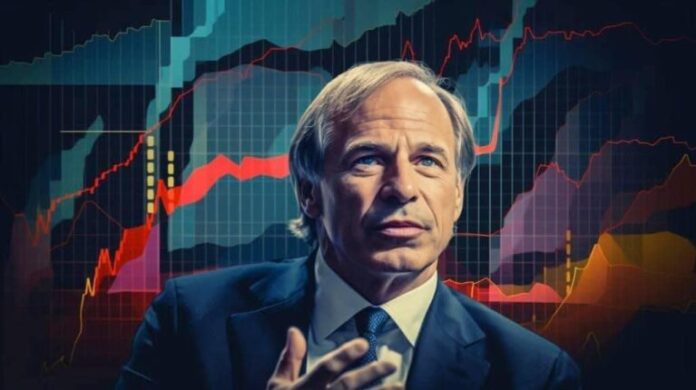Paul L.
Billionaire investor Ray Dalio has warned that the U.S. economy may be heading toward a troubling period, driven by the Federal Reserve’s increasingly complex position on interest rates.
The founder of Bridgewater Associates explained that the Fed is under mounting pressure as it weighs the short-term benefits of cutting interest rates against the serious risks to the value of money, he noted in an X post on June 20.
Dalio pointed out that the Fed is navigating an environment marked by rising economic uncertainty, declining market sentiment, and heightened political pressures.
He also highlighted the political impact shaping these decisions. President Donald Trump, for instance, has continued to urge Fed Chair Jerome Powell to lower rates, even though the institution kept rates steady at 4.25% to 4.50% and projected slower growth with higher inflation ahead.
Adding to the complexity, the enormous national debt and its rising servicing costs make the Fed’s job even harder.
“Combine that with political pressures and the realities of our upcoming debt service payments, and you have this value of money conflict. So changes in the monetary policy — especially if the cut is too aggressive — could lead to a period of great concern,” Dalio stated.
Long-term impact of rate cuts
To that end, Dalio warned that while aggressive rate cuts might provide short-term relief, they could ultimately undermine the value of money and erode the credibility of U.S. debt.
That’s why he sees a real tension between short-term political expedience and long-term financial stability, especially with the election season approaching and speculation about a potential new Fed chair.
Dalio cautioned that lowering rates too much without a clear plan could reduce bond returns and further weaken the dollar.
He encouraged investors to monitor the bond market closely. In particular, he pointed to signals like a steepening yield curve, where long-term rates rise despite rate cuts, a softening dollar, and rising gold prices, which indicate investors are shifting money away from bonds.
“My advice: Watch the yield curve. If you see long rates rising alongside downward movement in the dollar and rises in gold, you’ll know there’s a movement out of bonds. Because the value of money matters a lot,” he said.
Amid these ongoing concerns about the Fed’s position, Dalio remains largely bearish on the broader economic outlook, especially given the mounting debt.
As Finbold reported, Dalio recently cautioned that the U.S. could face “economic heart attacks” if the debt situation isn’t controlled.
Disclaimer: The featured image in this article is for illustrative purposes only and may not accurately reflect the true likeness of the individuals depicted.
